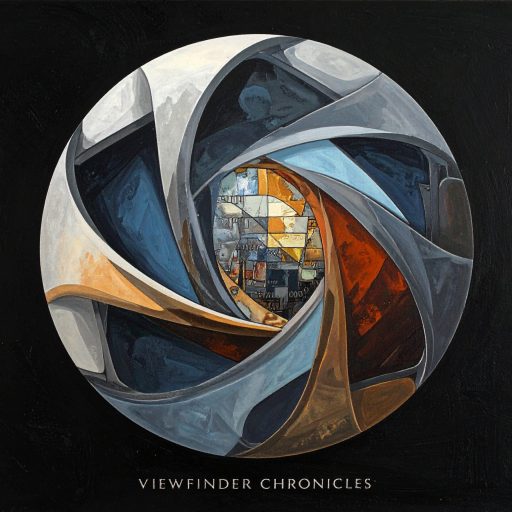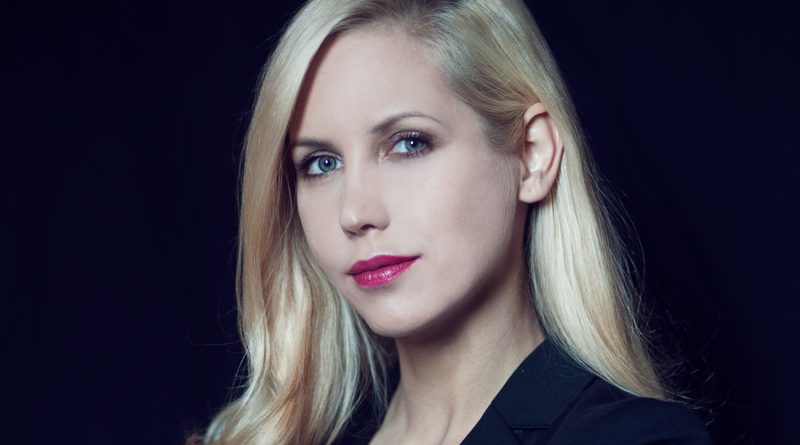From the moment I first clapped eyes on the rat skull logo of Powell Peralta, all the way back in the late 80s when skateboarding felt like a secret society, I’ve had a fleeting, almost unconscious relationship with fashion. It was a world of oversized t-shirts from Street Threads in Aberdeen, baggy jeans, and skate shoes that were the height of fashion for me and my pals. This was more than clothing, it was a uniform, a statement of belonging to a tribe. Then came the early 90s, and for years, I worked as a hairdresser, a time where my understanding of style evolved from the concrete to the conceptual. I’d stand backstage at the fashion shows, watching the whirlwind of stylists, models, and photographers, a world that was exhilarating and utterly alien. I remember attending the Clothes Show in Glasgow and being completely overwhelmed by the sheer scale of it all, a sensory overload of fabric, colour, and artistic expression that was so far removed from my daily reality. My fascination with that world was never quite a passion, more a quiet curiosity, a fleeting glimpse into a world I never felt I truly belonged to, so I told myself.
In my mind’s eye, I am back in my childhood home, a small flat in Aberdeen, the air thick with mum’s perfume. She had a fascination with old dolls and especially from the Victorian era, her collection was filled with this porcelain faced figures, with their delicate, often unsettling expressions. They were a strange part of my childhood, these silent, unblinking observers. I was captivated by their flawless faces and their elaborate, ornate dresses, a world of stillness and beauty. I saw an image recently that sent me hurtling back through time to that very bedroom, to those very dolls. It was an electrifying photograph of a person whose makeup and hair were styled with an almost uncanny precision, an intricate dance between artifice and life. The tone, the colour, the emotional resonance of the image was utterly captivating. It was more than a photograph, it was a memory in visual form, a bridge between my childhood and the present. I had to know who had created it.
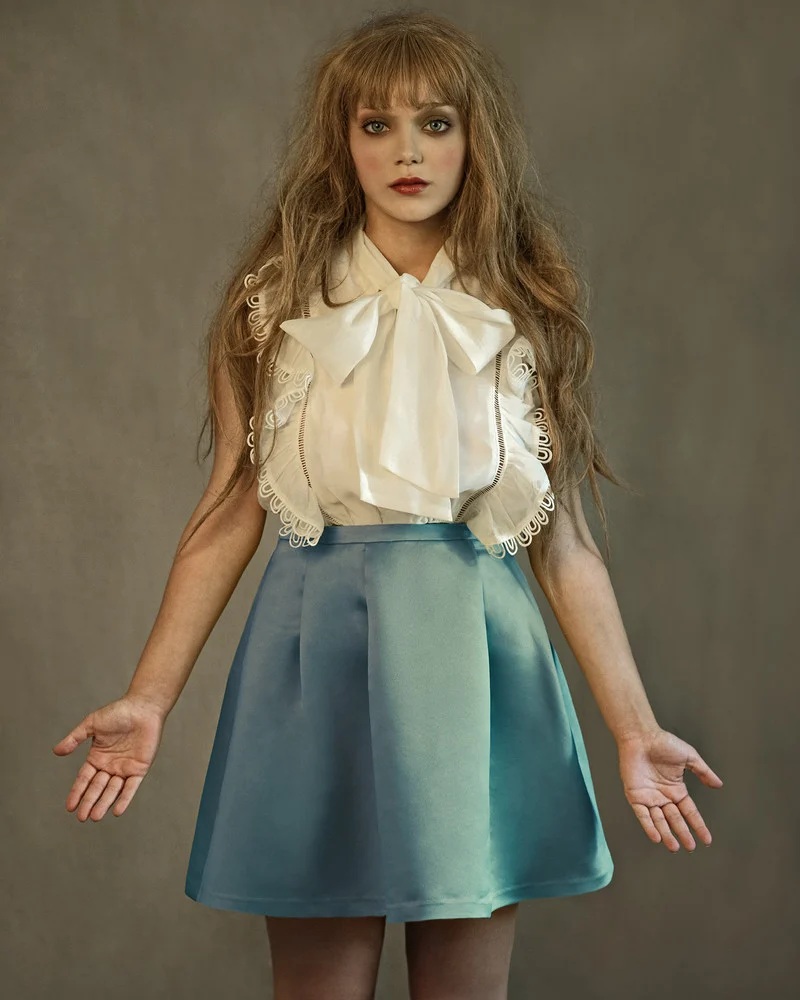
A quick search led me to the work of Susi Belianska, and an entire project called ” Das Unheimliche.” The name itself, a reference to the unnerving sensation of something simultaneously familiar and foreign, felt like a direct conversation with my own past, with the disquieting beauty of those dolls. Her work, a masterful exploration of the unsettling realm where humanity intersects with artificiality, at once drew me in. It was a visceral, intellectual experience, a deep dive into the kind of themes that I find myself returning to again and again in my own photography, identity, memory, and the unseen tensions that shape us. As a photographer, I am still very much on a journey. I am devouring every genre, every style, every book, and every exhibition that resonates, in a bid to find my own voice. I am on a relentless search for my own niche, my own style, my own thing that is authentically “me.”
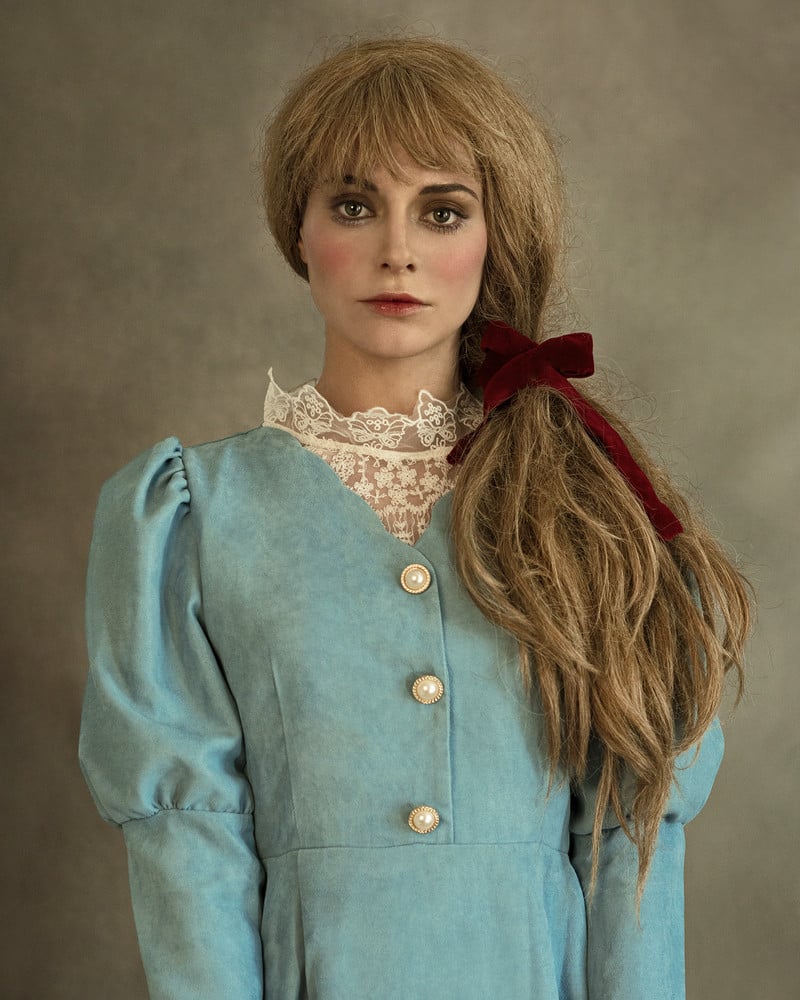
Susi’s portraits are rooted in an emotional resonance that whispers something essential, capturing moments that feel both timeless and intimate. Her background in fashion clearly gives her work a refined elegance, but it’s her conceptual sensitivity that gives it its profound human touch. She has an instinctive command of light and composition, often seeking out imperfect spaces and romantic ruins to build visual narratives where memory, femininity, and vulnerability meet. What’s so compelling about her approach is how she seems to see a clear division between her commercial and personal work, yet still manages to bring the depth of her personal artistic research into her commercial assignments, proving that artistic exploration can result in truly compelling and refined work. This is a journey that fascinates me, the idea of translating a deep seated vision into a language that is both commercially captivating and artistically authentic.
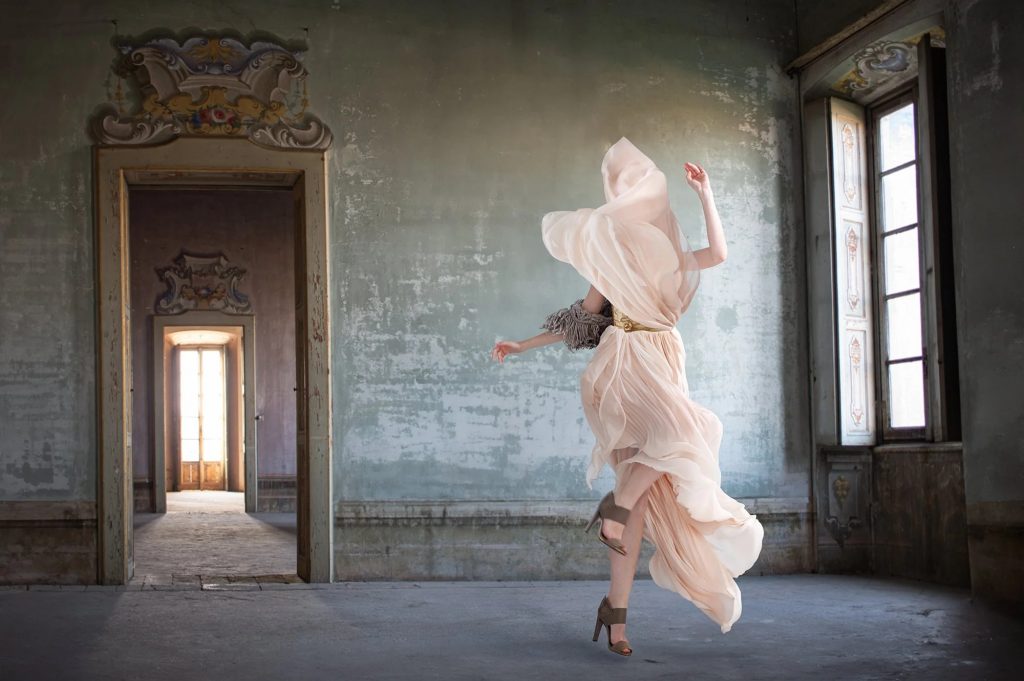
In projects like “Echoes Unseen,” she delves into the metamorphosis of identity, capturing silent sisterhoods and veiled bodies that exist with a quiet grace. It is a powerful exercise in showing us how a space can shape us and how, in inhabiting it, we can transform it in return. This patient, contemplative approach is a lesson in itself, a reminder that photography is not about fast images but about a language that requires depth. Susi’s work has been recognised through awards and exhibitions at prestigious events worldwide, a testament to her unique and multifaceted approach. She does not just create photographs, she crafts intricate visual stories that linger in the mind, not because they shout, but because they whisper. For so long, I had believed that fashion photography existed on a different plane, that it was a world of commerce and superficiality that I, as an artist, could not engage with. Susi Belianska, with her profound and deeply human approach, has proven me wrong. It was a pleasure and a privilege to speak with Susi about her work, her process, and her incredible ability to find the profound in the seemingly mundane.
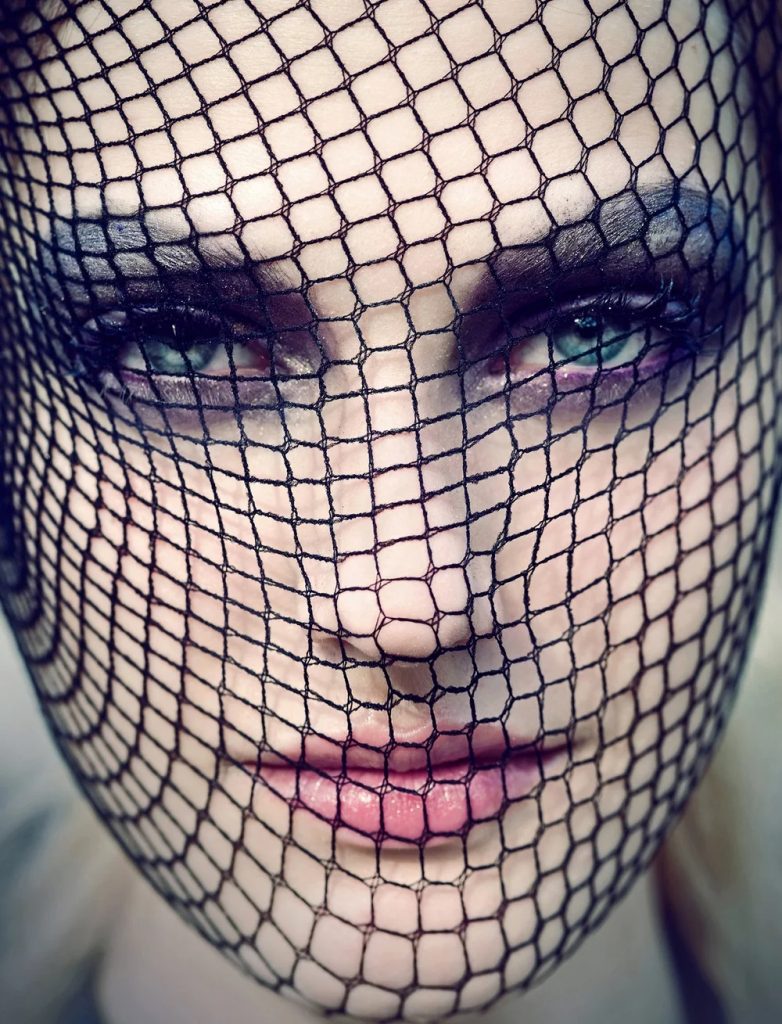
Here is the interview I managed to have with her, and I hope you enjoy reading it as much as I enjoyed having it with her.
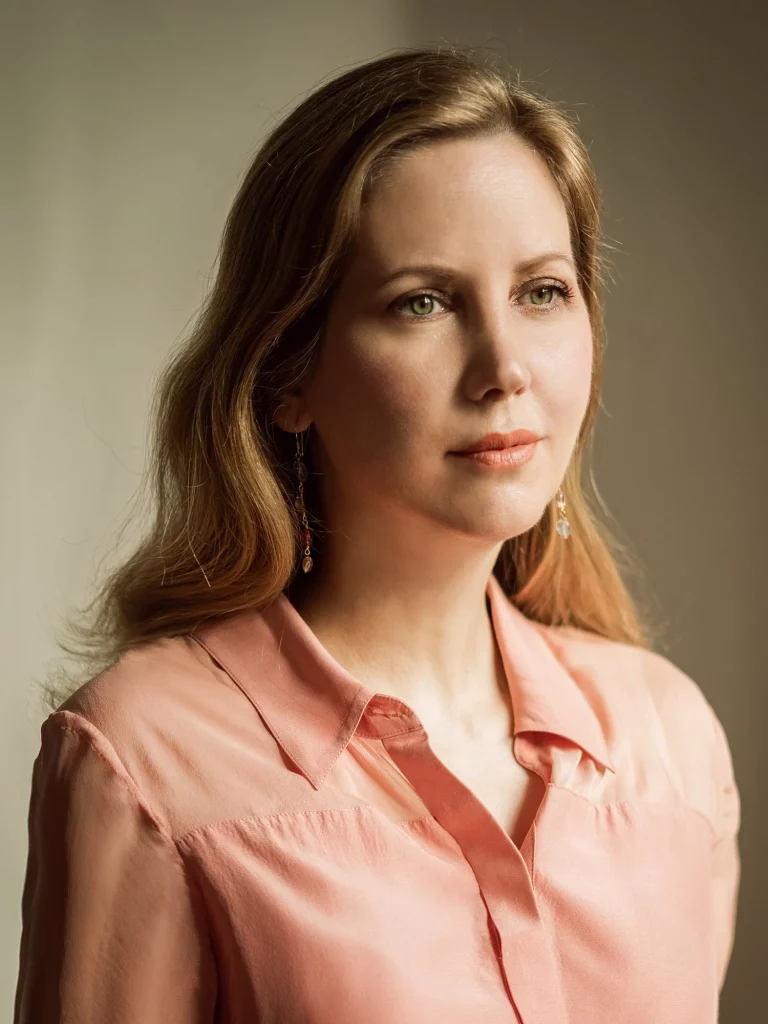
Having started as a model, assistant, and producer in the fashion world, what was the defining moment that gave you the courage to take up the camera yourself and when did you decide to go full time in this direction?
There was not a single defining moment, but rather a natural evolution. After years of working within the world of photography and fashion, I realized that I wanted to create images that reflected my personal vision. The turning point came when I began working on my first authorial projects: that was when I understood that photography could become not only my profession, but also my artistic voice.
You mention being fascinated by beauty, colours, and the “particular forms of life.” How do these specific fascinations translate into your visual language as a photographer?
For me, beauty is never about perfection, but about something fragile, unique, even imperfect. I use colour as a psychological sign, capable of evoking atmospheres and states of mind. And those “particular forms of life” are often small details that tend to go unnoticed — a gesture, a fragment, a suspended presence. All of this enters my photography as a poetic language, closer to emotion than to description.

How has your background in fashion and commercial photography influenced your fine art practice? Do you see a clear division between the two, or do they inform each other?
I see my fine art and commercial work as separate, but they inevitably influence each other — though not in the same way. My artistic practice follows its own path without compromise, while in commercial assignments I try, whenever possible, to bring in my artistic sensibility and visual language. In this way, the commercial benefits from the depth of my personal research, rather than the other way around.
How do you approach portraiture differently when you are working on a personal fine art project versus a commercial beauty campaign?
In commercial work I need to consider the brand, the product, and the immediate impact. In my personal projects, instead, portraiture becomes an intimate encounter, almost a silent dialogue between myself and the subject. I don’t search for the “most beautiful” image, but for the most authentic one — the one that reveals fragility or an invisible tension.
When you are editing your work, what is the most important thing you are looking for in an image? And you’ve won awards and been shortlisted for your work in fashion — what do you believe is the key to creating a truly captivating fashion or beauty photograph?
I always look for an image that can stand the test of time, one that doesn’t exhaust itself in a single glance. In fashion or beauty photography, I believe the key is not just aesthetic perfection but the ability to tell a story or evoke an emotion. Technique is important, but it is the gaze that makes the difference.
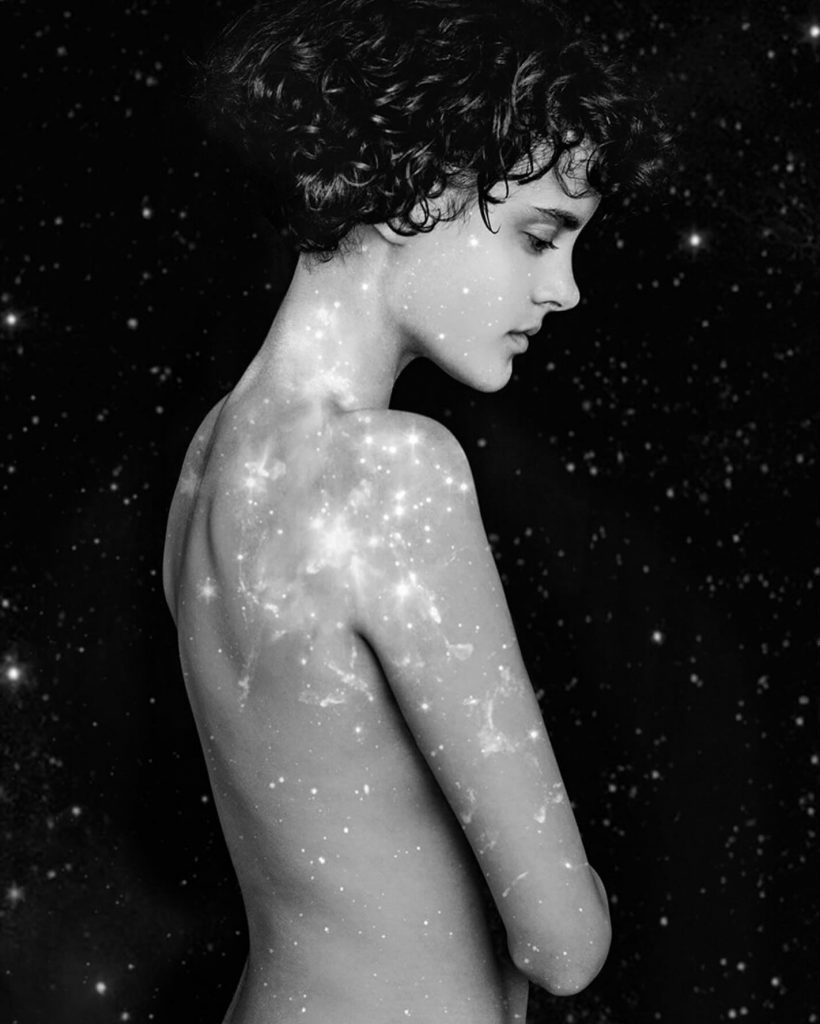
What is a common mistake you see young photographers making, and what advice would you give them to improve their craft?
A common mistake is trying too hard to imitate what is trending at the moment. My advice would be to be patient, to cultivate one’s inner voice, and to nurture it through art, cinema, and literature — not only through Instagram. Photography is not about fast images, but about a language that requires depth.
I see you draw inspiration from classic and contemporary art masters like Renoir, Picasso, and surrealist directors like Fellini and there is a great Tik Tok account I follow called MyArtBroker and they ask the public the question “If You Could Own Any Work of Art, What Would It Be and Why?” I have been obsessed with the Dalí painting Metamorphosis of Narcissus since I picked a print to go in my family living room as a 5 year old and it has followed me around my life for the past 47 years. So, I wonder, what is a piece of art, a book, or a film that you recently met that inspires you?
I recently rewatched 8½ by Fellini, a film that never ceases to inspire me with its visionary force and its way of weaving together memory, dream, and reality. At the same time, I have been revisiting texts related to Freud, which fascinate me for how they open up reflections on the unconscious and identity — aspects that I feel deeply connected to my photographic work.
If you could give one piece of advice to your younger self, just starting out with a camera, what would it be?
I would tell her: trust yourself more, don’t try to please everyone. Follow your own rhythm, your own timing, and don’t be afraid of making mistakes — sometimes mistakes lead to the most beautiful discoveries.
Is there any advice you would give to a new photographer about how to get noticed, how to be seen, and how to make a career out of it?
I would say: don’t focus too much on “being noticed” right away, but on building a clear and coherent voice. Visibility is important, but what matters most is having something authentic to show. Opportunities arise when your vision is strong and recognisable.
What are you up to for the rest of 2025?
My projects Das Unheimliche and Echoes Unseen are completed, but I am now dedicating much energy to their presentation. Das Unheimliche will soon be shown at a festival in Poland, while I continue working on the presentation of Echoes Unseen. At the same time, I have started a new project on the theme of the double and identity, and I am also developing my first photobook, which will bring these journeys into dialogue.
Check her out at the places below:-
Susi Website – https://www.susibelianska.com/
Susi Instagram – https://www.instagram.com/susibelianska/
Susi Facebook – https://www.facebook.com/susi.belianska
Regards
Alex
